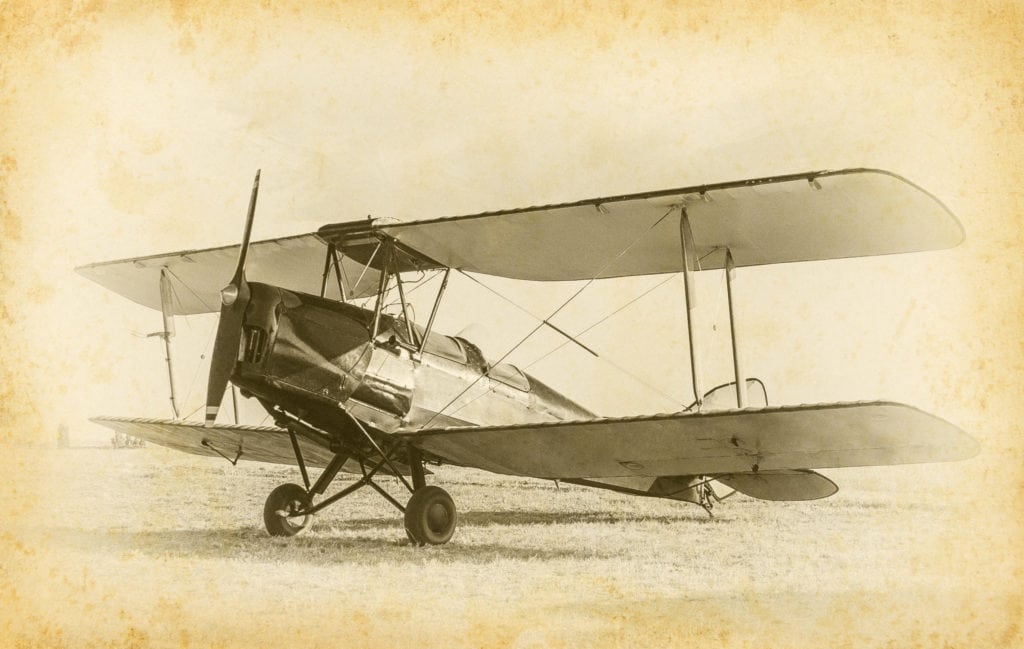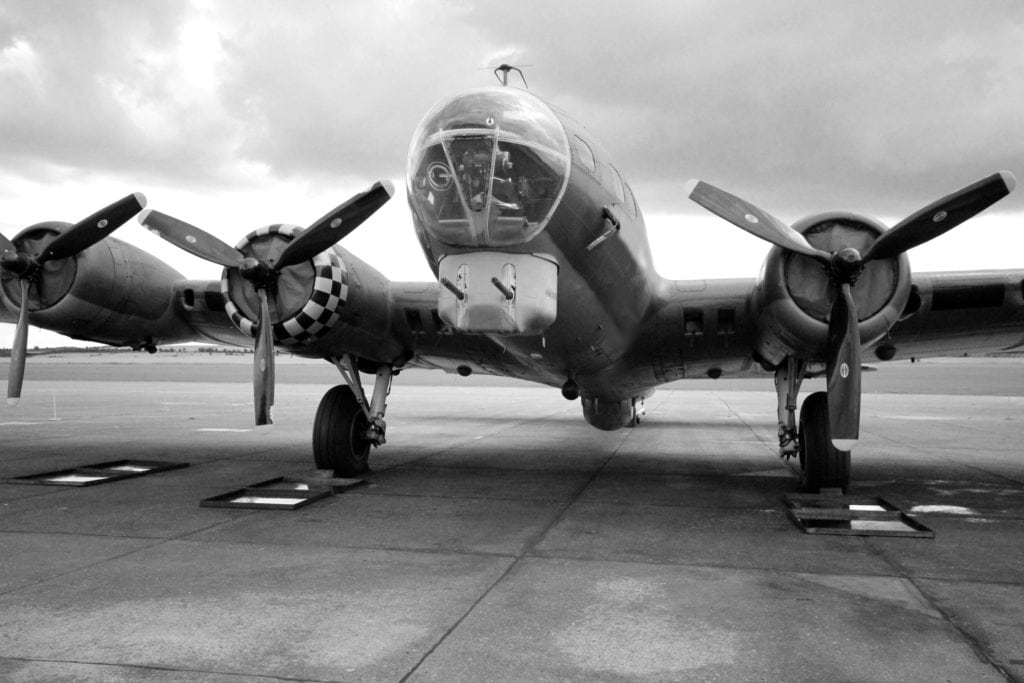Our History
About The Aero Club
The Aero Club of Southern California (ACSC) is a 501(c)(3) charitable aviation industry non-profit led by volunteer officers and Board members.
ACSC membership is open to everyone with an interest in aviation and aerospace — from research and technology to piloting, education, manufacturing, commercial and military aviation, and much more.
History of The Aero Club

The history of the Aero Club goes back to 1908. The Club sponsored the 1910 Historical Air Meet Show at Dominguez Hills in Los Angeles, which featured aircraft from the U.S. and Europe to educate the public about the new technology of flight.
In 1930, the ACSC began publication of its official newsletter, The Aileron, and helped dedicate a new airport called Mines Field, which is known today as Los Angeles International Airport.
World War II and its unprecedented use of air power brought military speakers and large audiences to Aero Club meetings.
After the war, the ACSC refocused on the growing field of commercial flight. Our focus on airports as the new centers for industrial and civilian traffic remains a major interest of the ACSC as the organization enters its 10th decade.
The advent of space flight and the leading role Southern California companies played in the pioneering of space exploration led the ACSC to expand its focus to aerospace in addition to aviation.
Today, the ACSC’s work continues with an annual scholarship program for students who are working toward careers in aviation and aerospace.

The Aero Club and Howard Hughes
The ACSC has sponsored the annual Howard Hughes Memorial Award since 1978 to honor individuals with outstanding career achievements in the realms of aviation and aerospace.
The honorees include a Who’s Who of leaders in these fields, and the award is one of the most prestigious of its kind.
In the early 1980s, the ACSC successfully campaigned to save Howard Hughes’ famed HK-1 Flying Boat, then and now the world’s largest aircraft, from being scrapped.
For more than a decade, the ACSC worked with several commercial exhibitors to show the airplane — fondly nicknamed “The Spruce Goose” — to the public in a huge, domed facility at Long Beach.
When that facility closed in 1992, the ACSC arranged for the Flying Boat to be moved to McMinnville, Oregon, where it is the centerpiece of a major aviation history museum today.

